by Louise Irvine
WMODA visitors are dazzled by the spectacular crystal chandeliers hanging throughout the museum. The six Marie Therese style chandeliers were made in Bohemia, now part of the Czech Republic. They once added glamour to the dining room at the Dania Beach Jai Alai Fronton and they were acquired for the museum when the building was being redeveloped in 2013. Apparently, the Bohemia crystal chandeliers were made originally for a Miami Beach hotel in the 1930s before coming to the Dania Beach fronton for the opening in 1953.
Jai-Alai, the world’s fastest ballgame, attracted more than 5,000 cheering fans a night to Dania Beach during the 1950s. Spectators can still watch athletes catch and return balls traveling over 200 miles per hour in Dania Beach, but the casino now also offers slot machines, card rooms, restaurants and an entertainment center.
Bohemia has been a center for glassmaking since the 13th century when it was discovered that potash and chalk combined to make a clear colorless glass that was more stable than Italian glass and could be cut on a wheel. Bohemian crystal became internationally famous for its high Baroque style and was widely appreciated by the highest echelons of society.
Chandeliers first became a symbol of wealth and luxury with the royalty and the aristocracy of Europe during the Renaissance era. Only the most affluent could afford to illuminate social occasions by burning lots of candles on ceiling fixtures with numerous arms. In 17th century France, shining rock crystals were suspended on gilded bronze arms to reflect the candlelight at the Palace of Versailles. Hand cut and polished glass pendants eventually replaced the rock crystals to create even more radiant chandeliers. In Venice, Murano glassmakers made ornate masterpieces with blown glass flowers and molded crystals in flamboyant Rococo style.
Bohemian crystal chandeliers reflected the most popular European styles and gained international popularity during the 18th century. When Marie Therese, the Holy Roman Empress of the Hapsburg dynasty, was crowned Queen of Bohemia in 1743, a breathtaking new style of chandelier was created in her honor. The lyre-shaped chandelier that was delivered to her palace in 1746 has been known by her name ever since. Typically, the Marie Therese chandelier has an open center and the steel arms are dressed with crystal rosettes and drops. Glassworks throughout Bohemia focused on producing chandelier trimmings and by the 19th century, Bohemian crystal chandeliers were in great demand around the world.
When gas lighting became available in the late 19th century, gasoliers often followed Rococo chandelier styles and many continued to have candles as backup. Electricity started to light up the world in 1879 but did not reach private households until the early 1900s. Many 20th century chandelier designs used bulbs simulating candle flames and continued to include bobeches, the glass collars used to catch the wax drippings. Today, opulent Czech crystal chandeliers hang in France’s Palace of Versailles, Milan’s La Scala, Rome’s Teatro dell’Opera, and the Hermitage Museum in St. Petersburg as well as at WMODA.
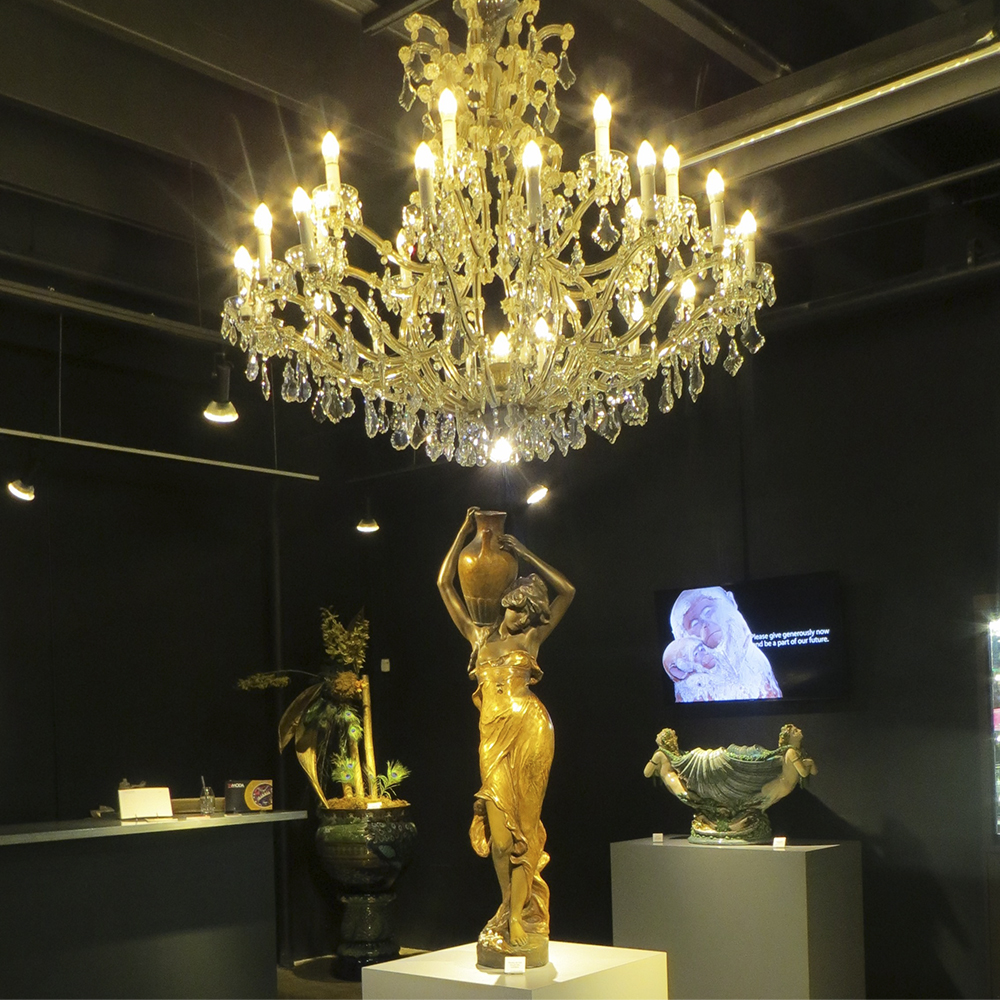
Chandelier in Reception at WMODA
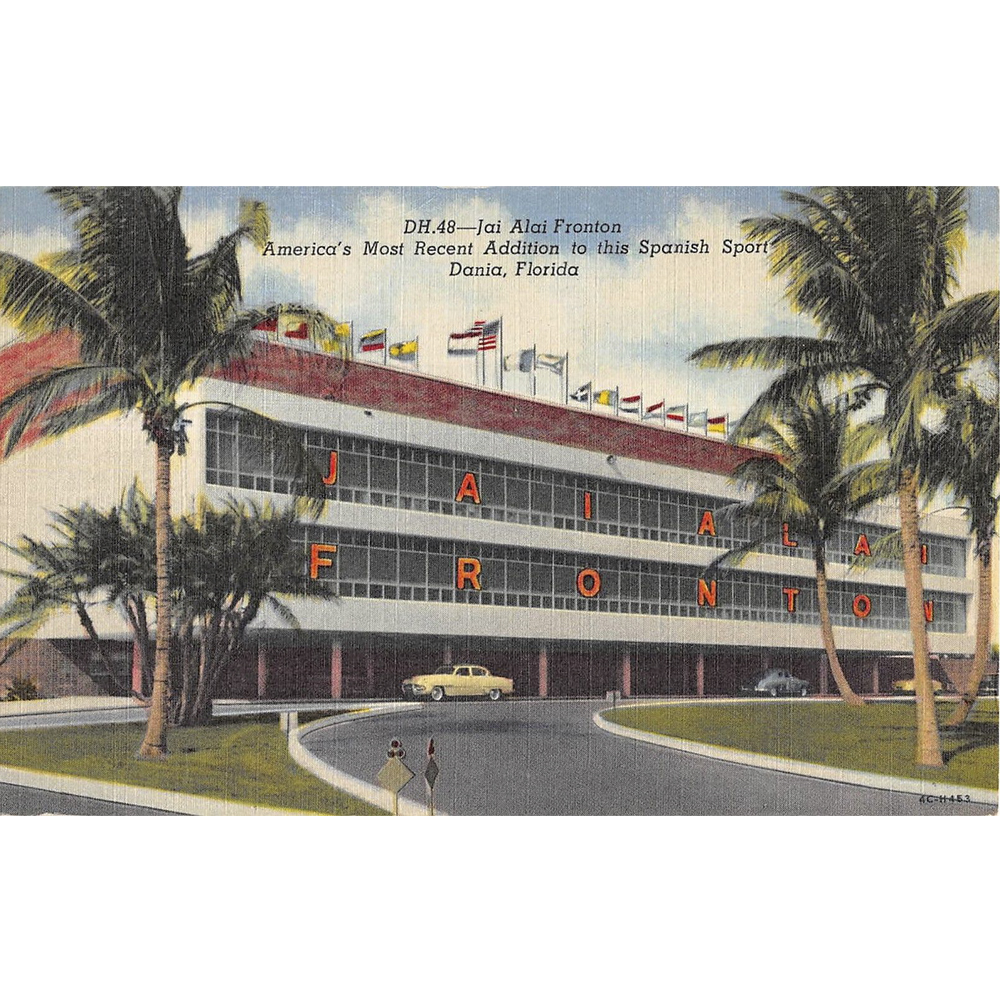
Dania Beach Jai Alai
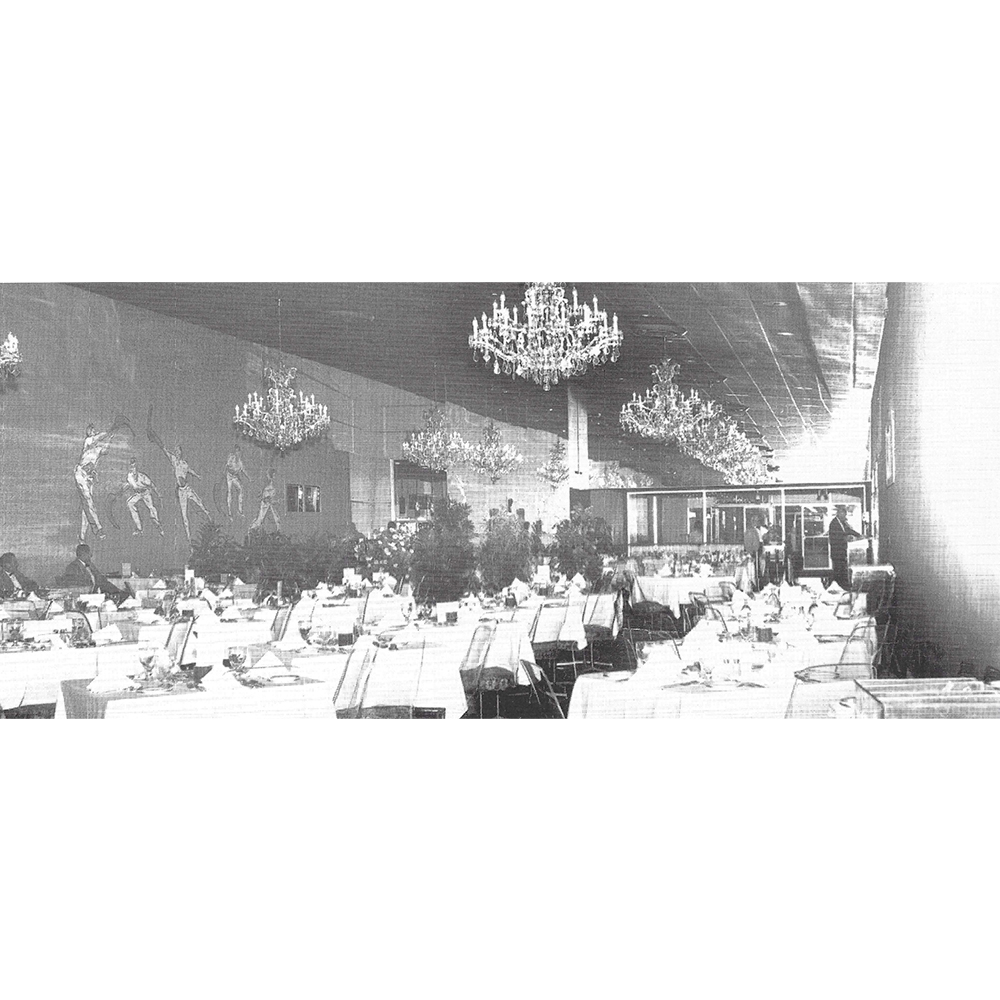
Dania Beach Jai Alai Dining Room
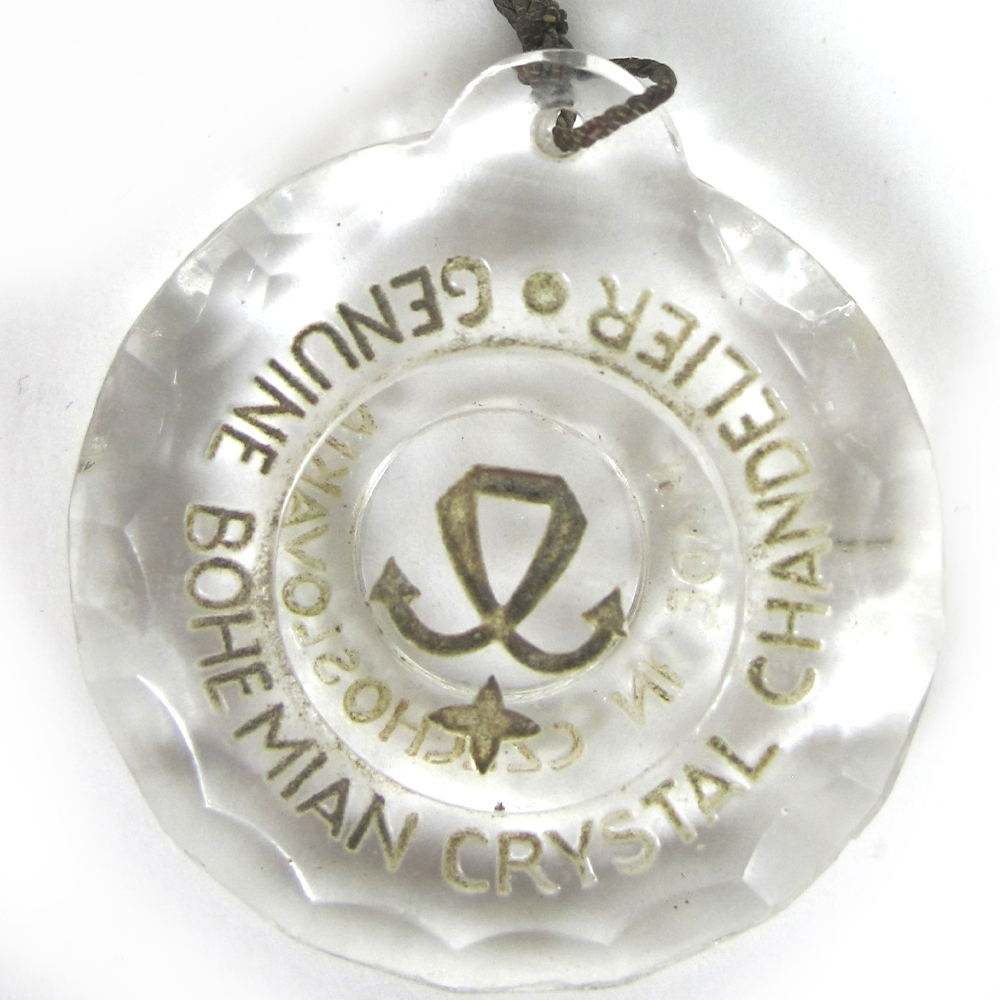
WMODA Chandelier Tag “Made in Czechoslovakia”
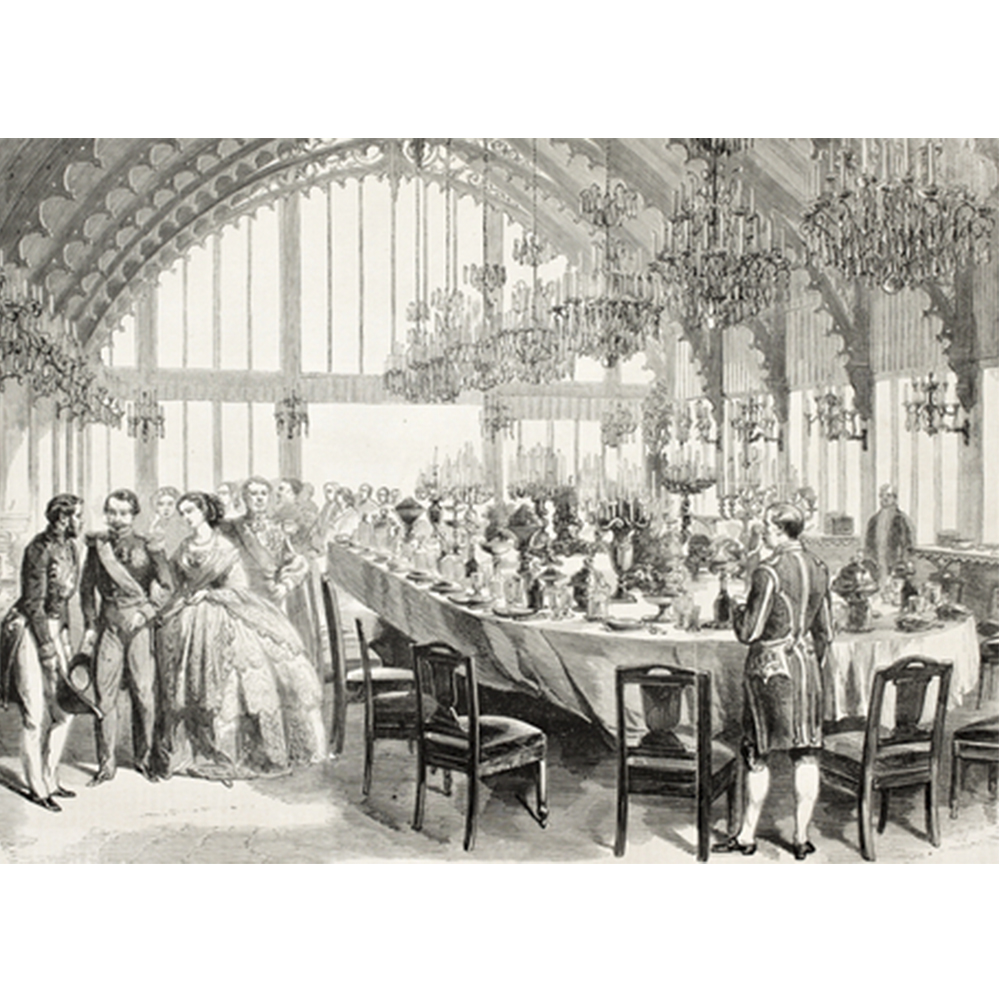
Victorian Chandeliers
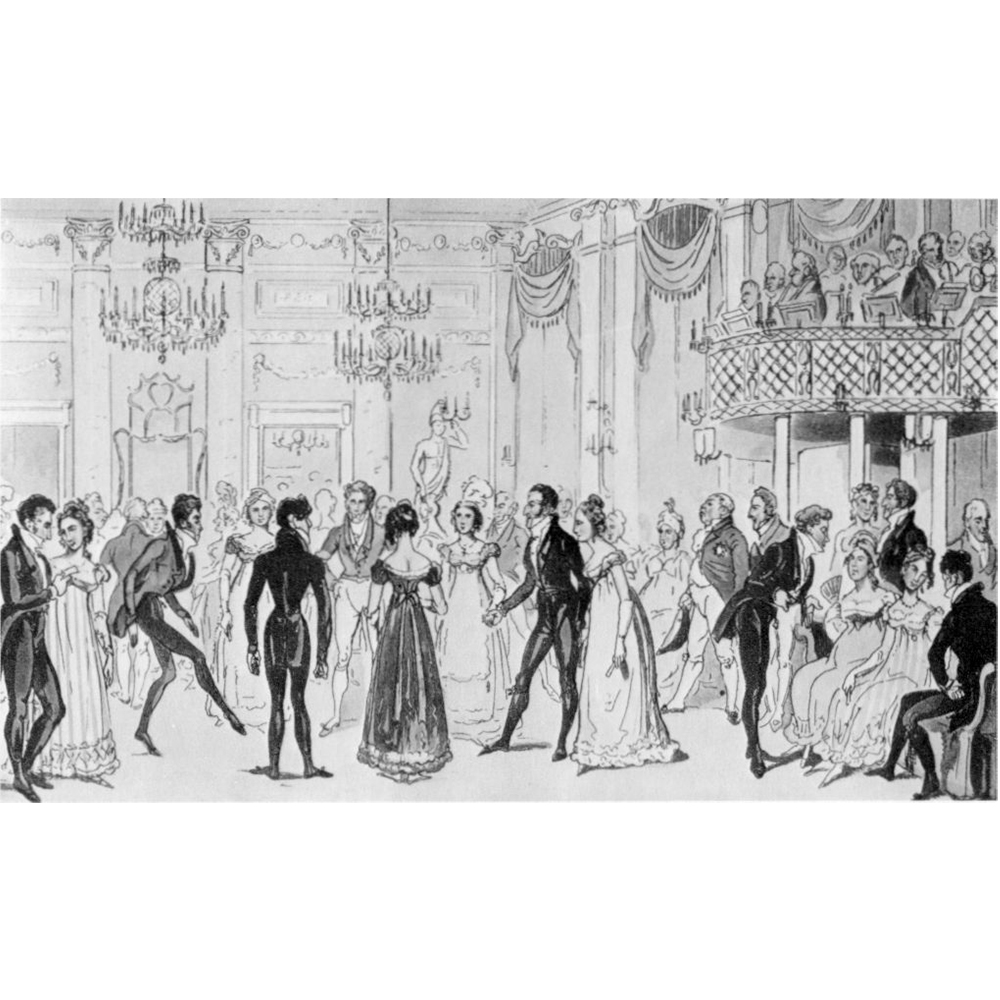
Almacks Assembly Rooms
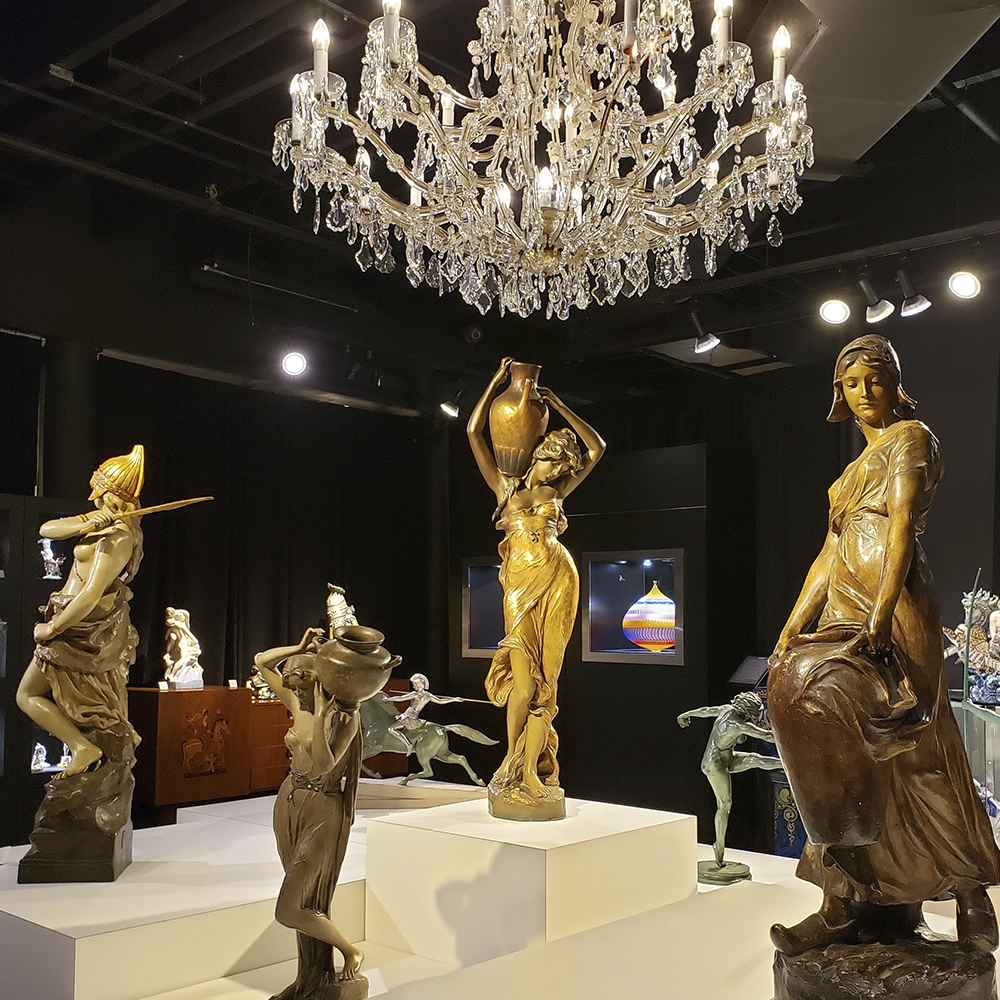
Chandelier at WMODA in the Art Nouveau-Art Deco Gallery
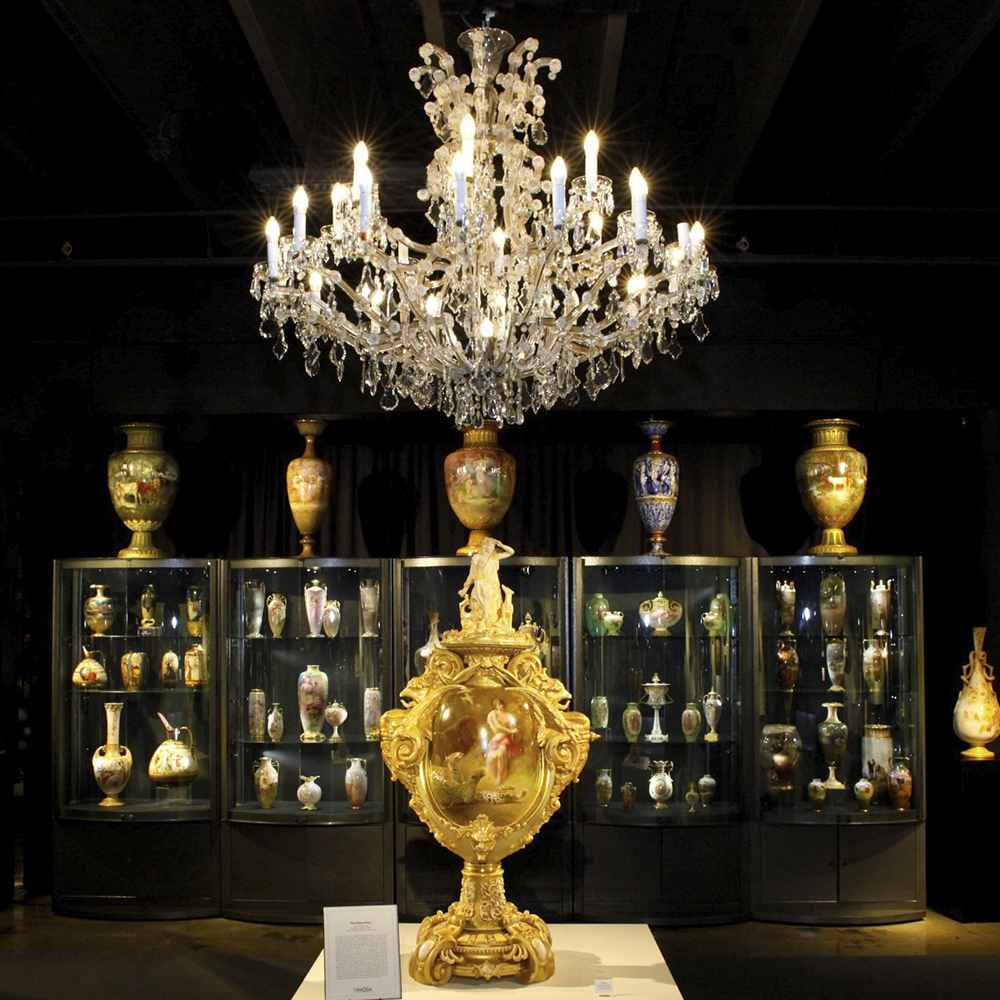
Chandelier at WMODA in the Doulton Gallery
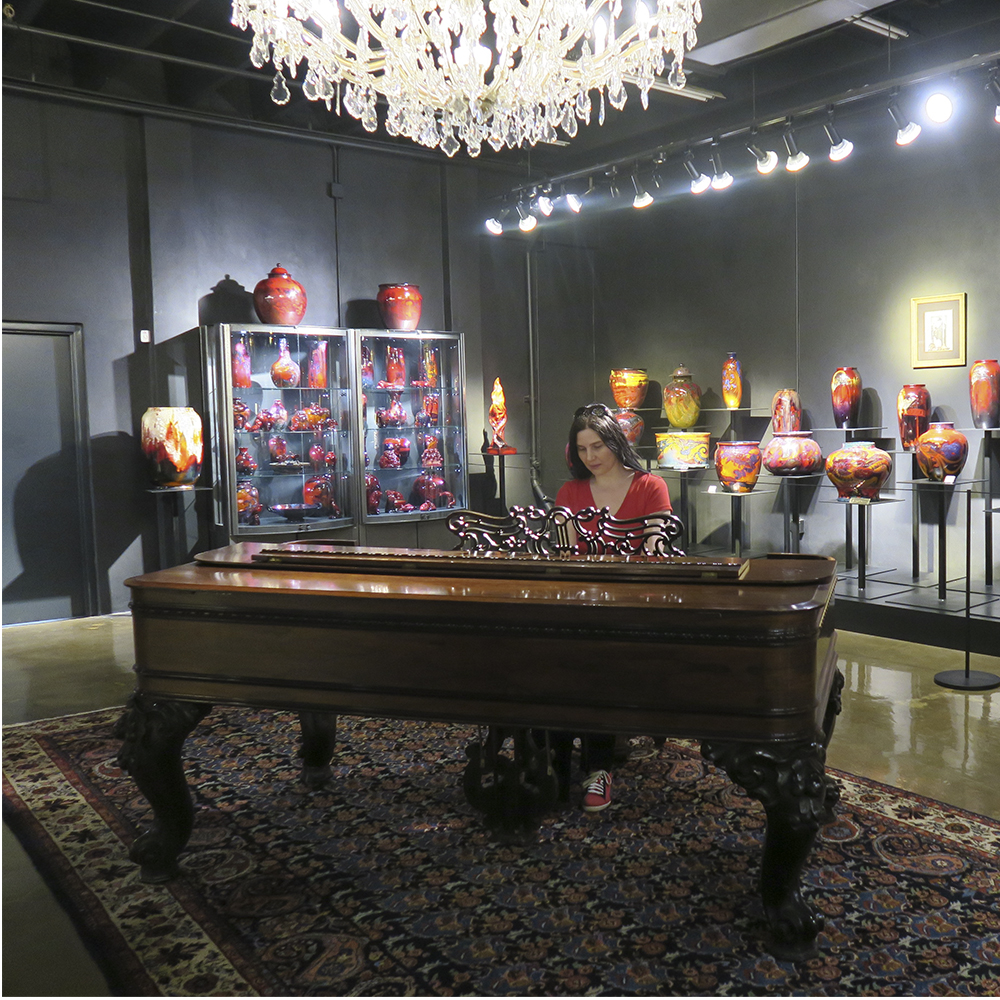
Chandelier at WMODA in the Innovations Gallery
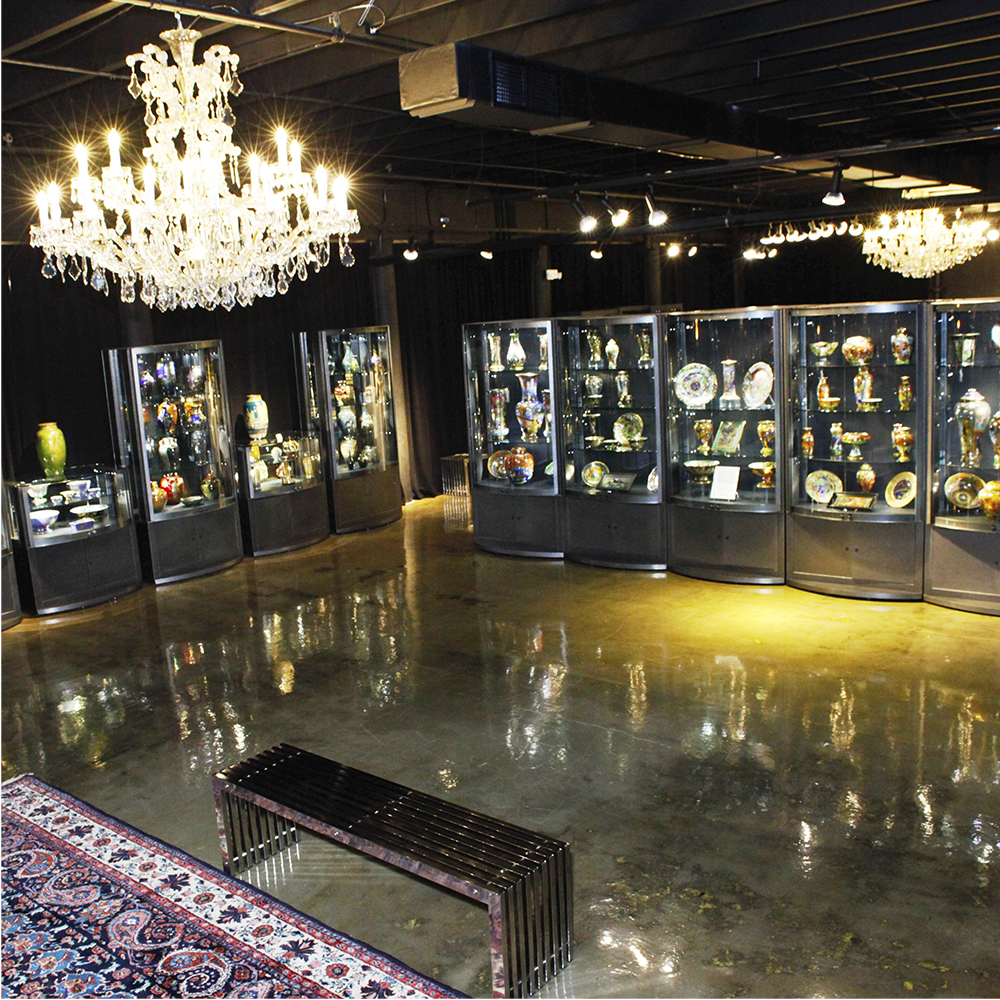
Chandelier at WMODA in the Innovations Gallery
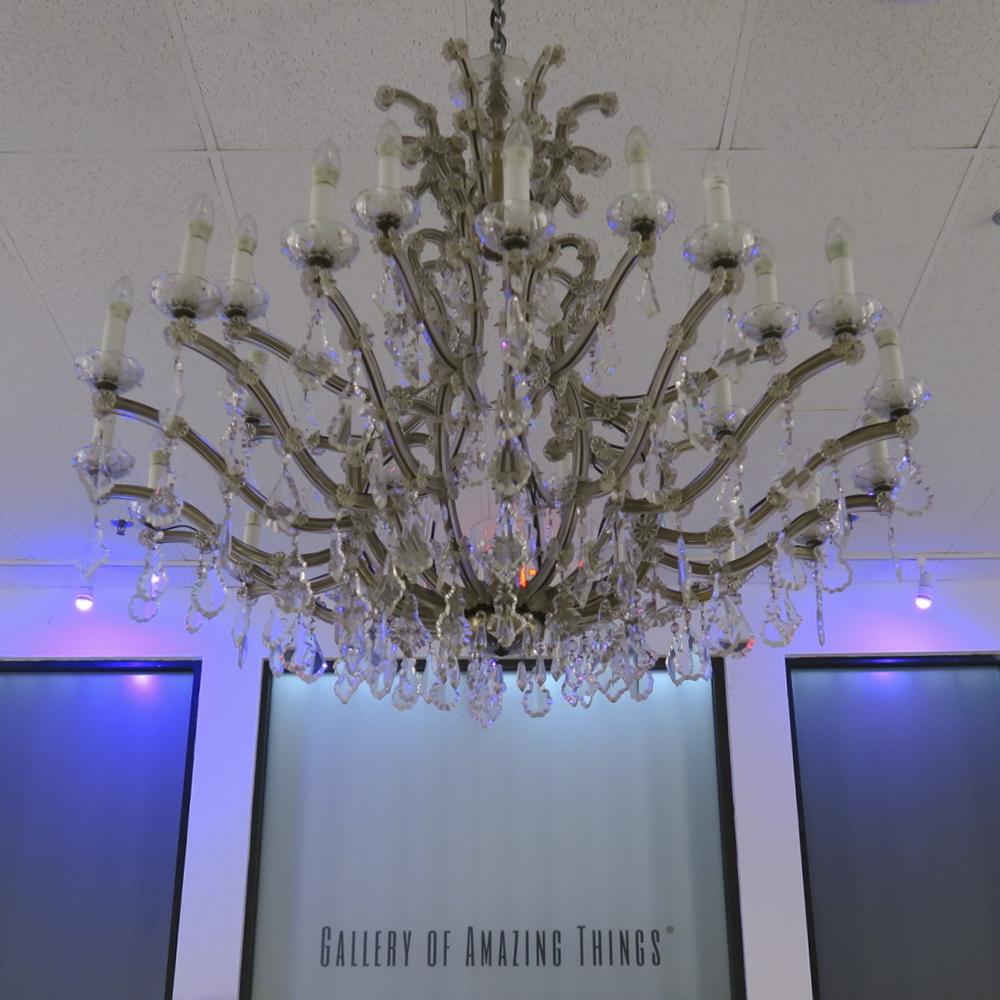
Chandelier in the Entrance to The Gallery of Amazing Things
